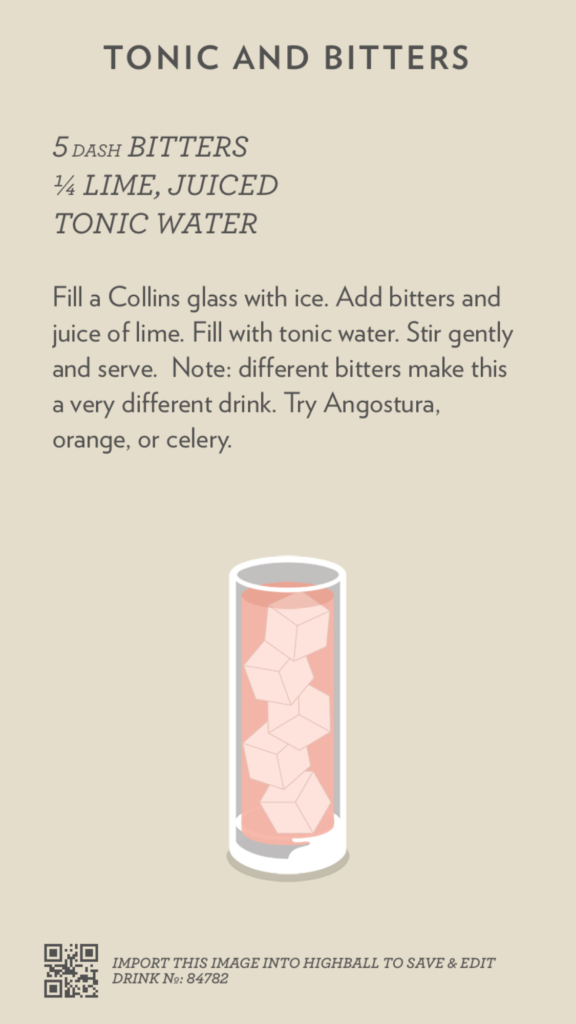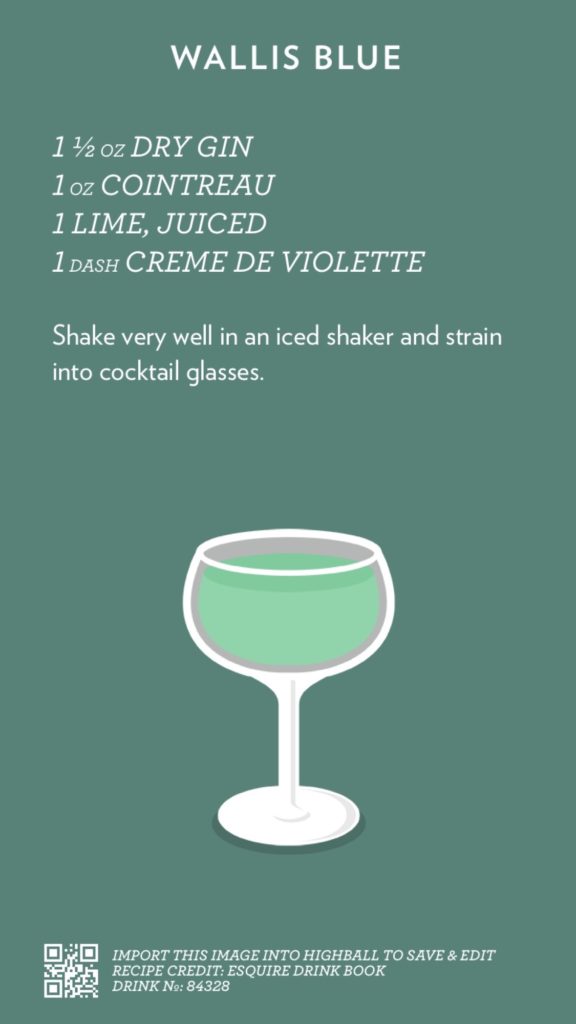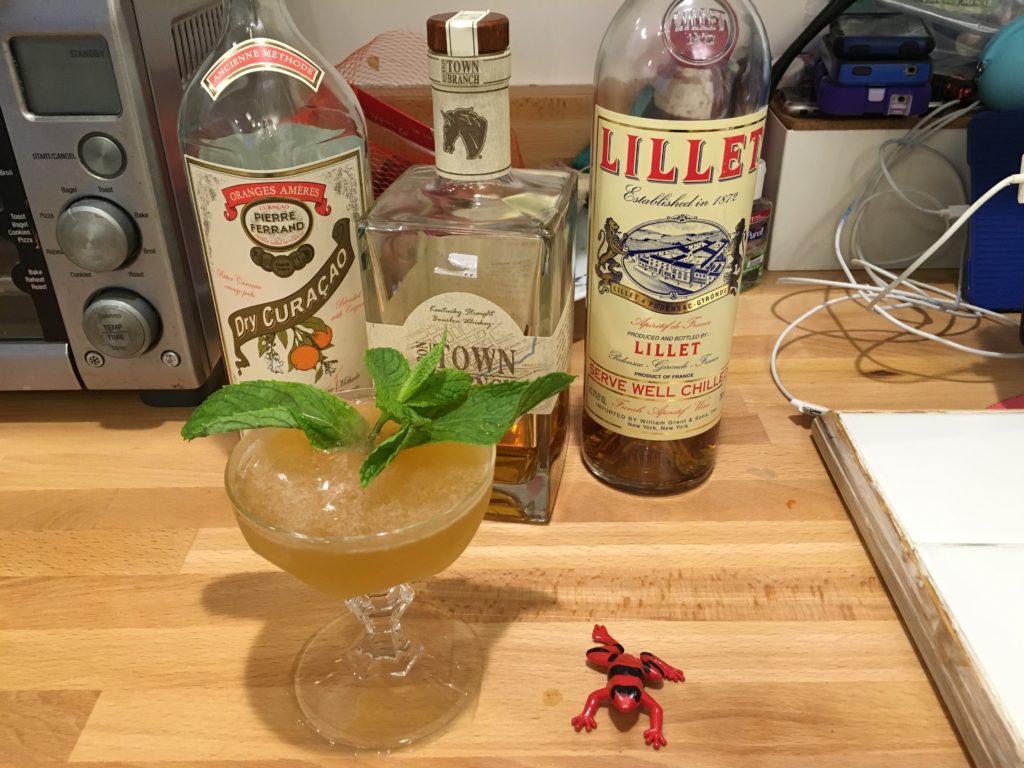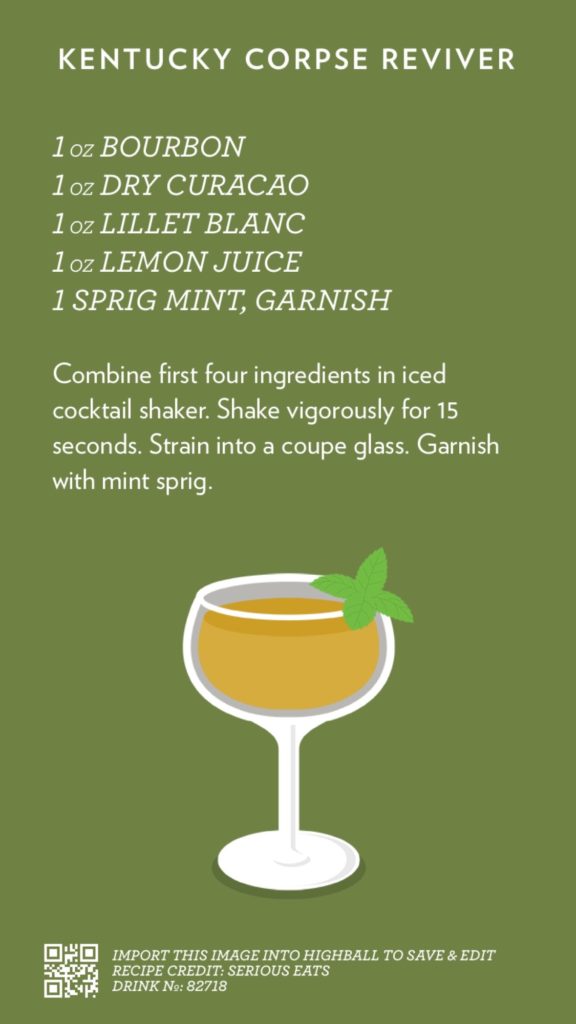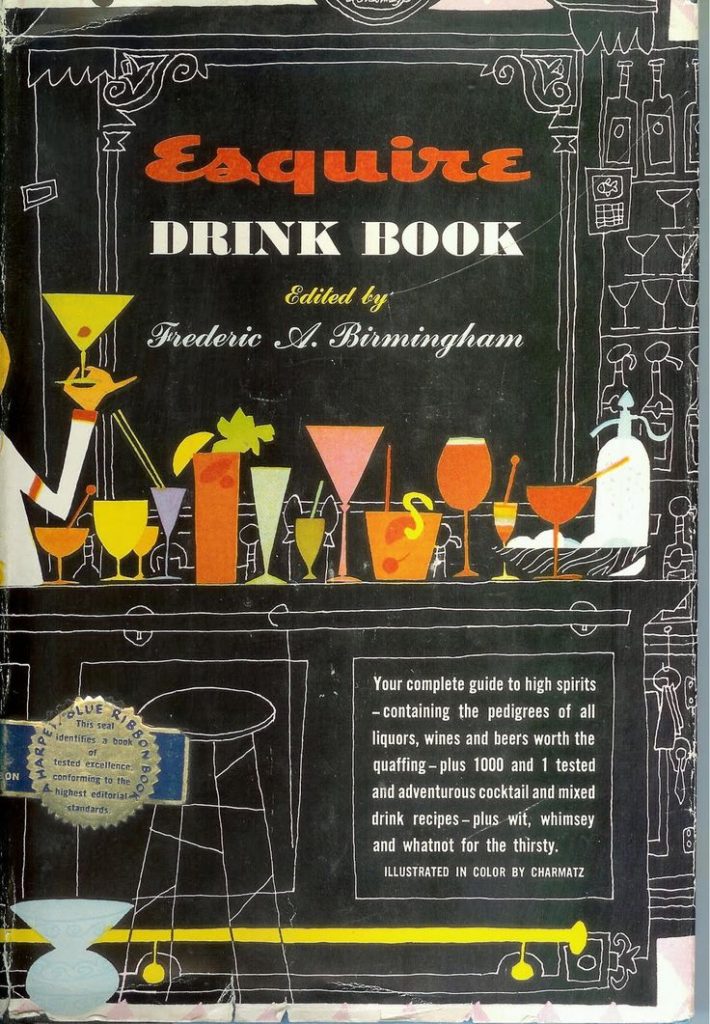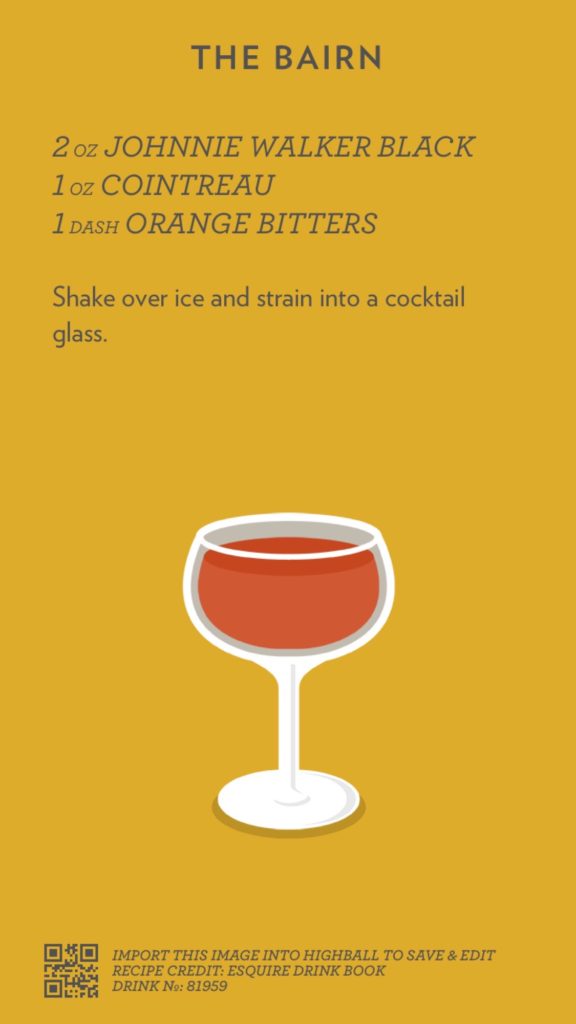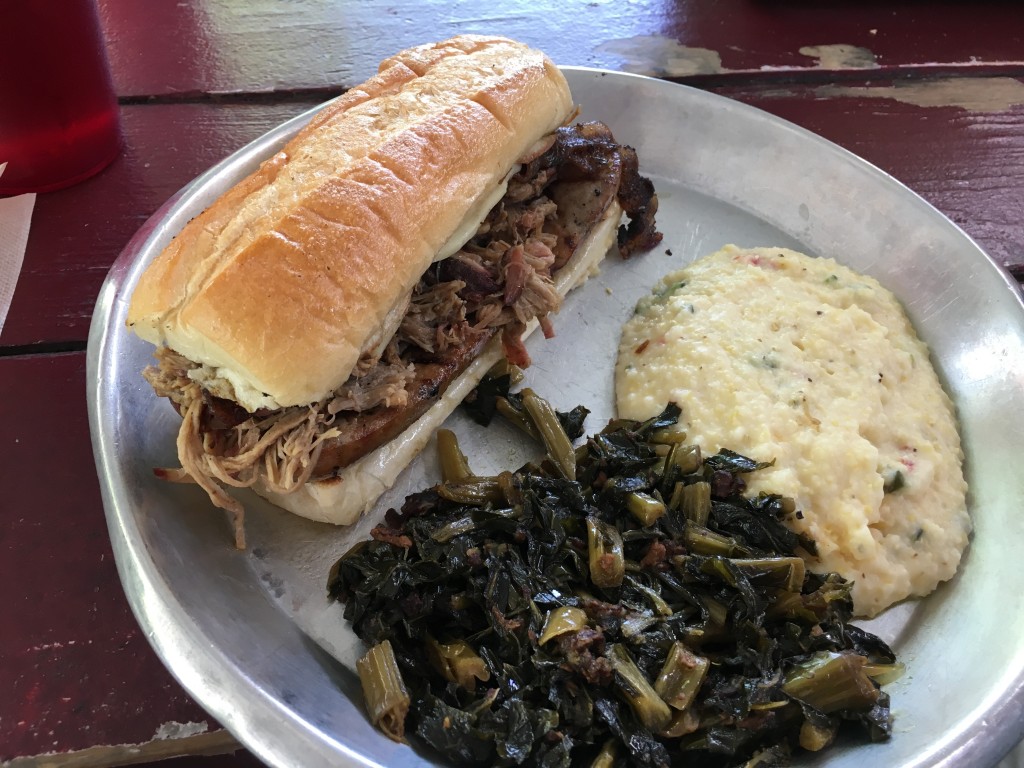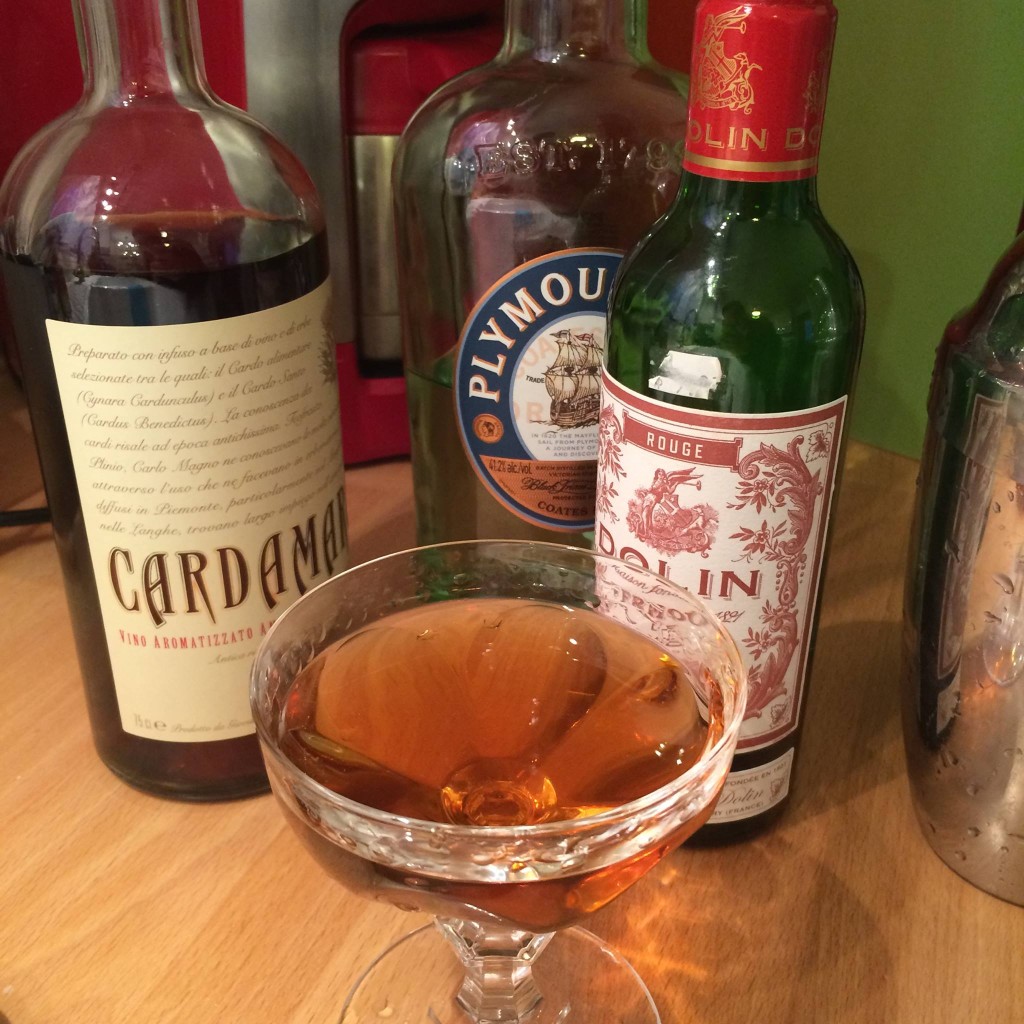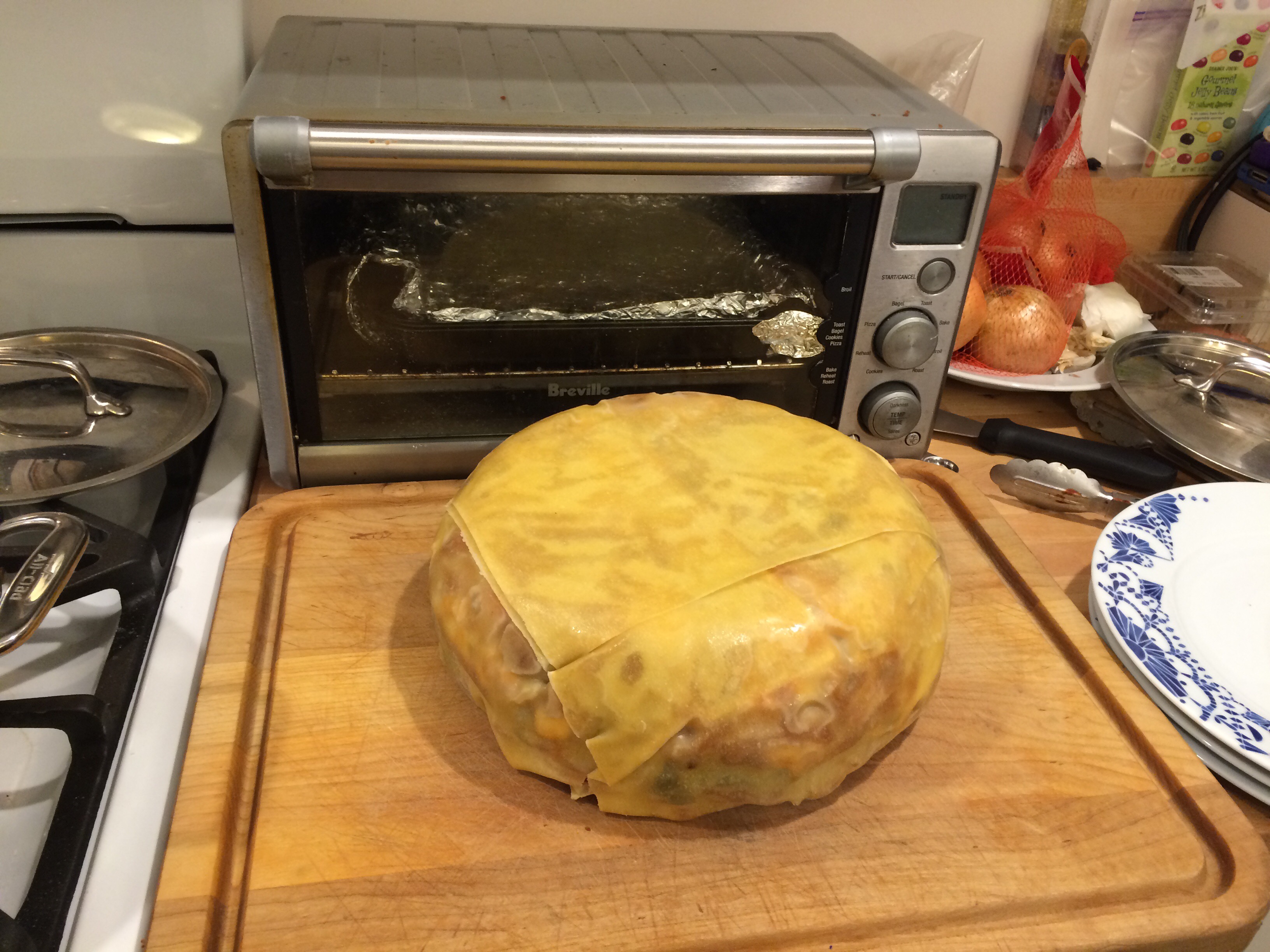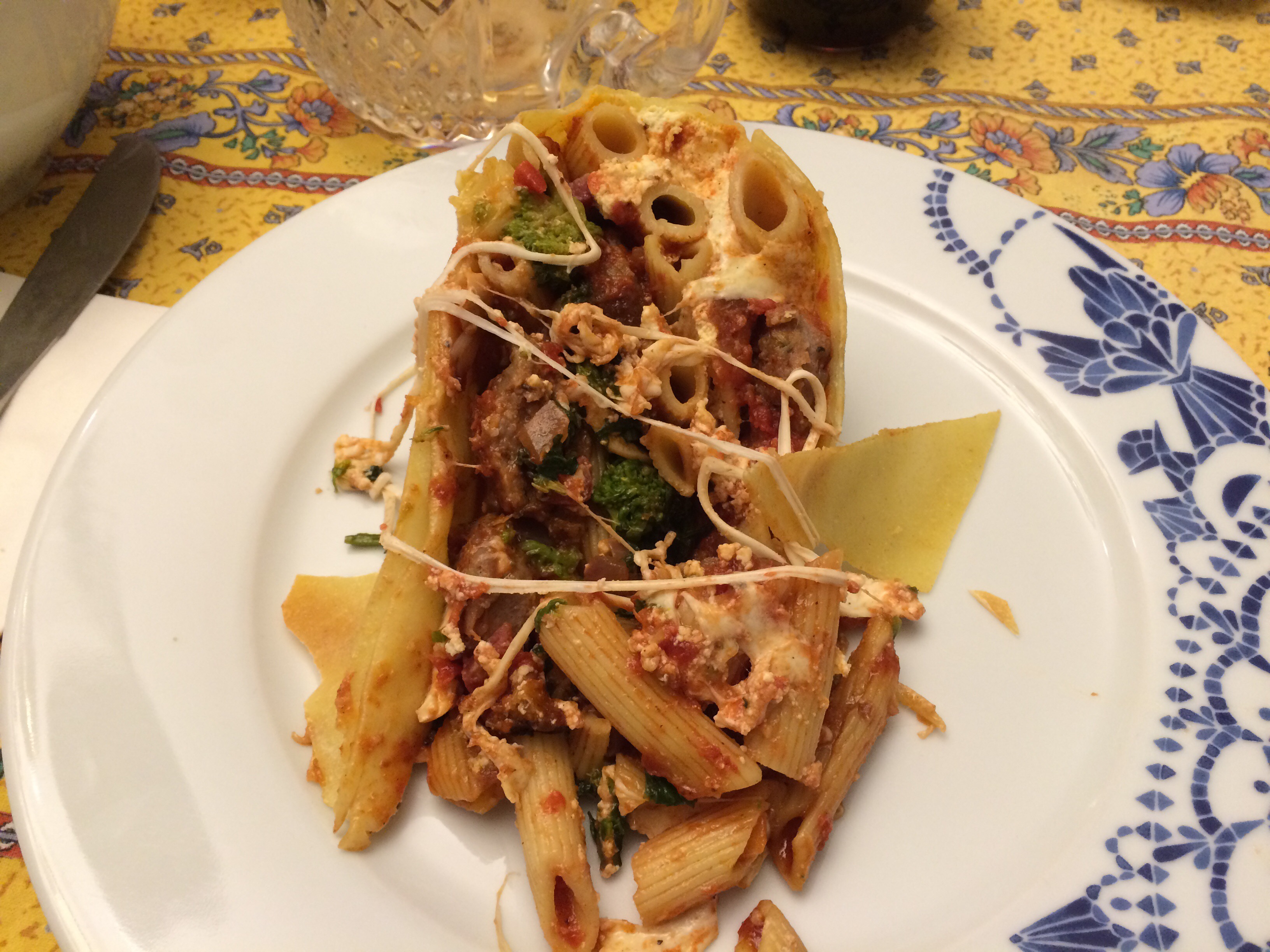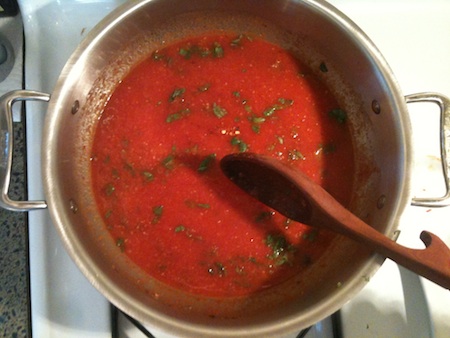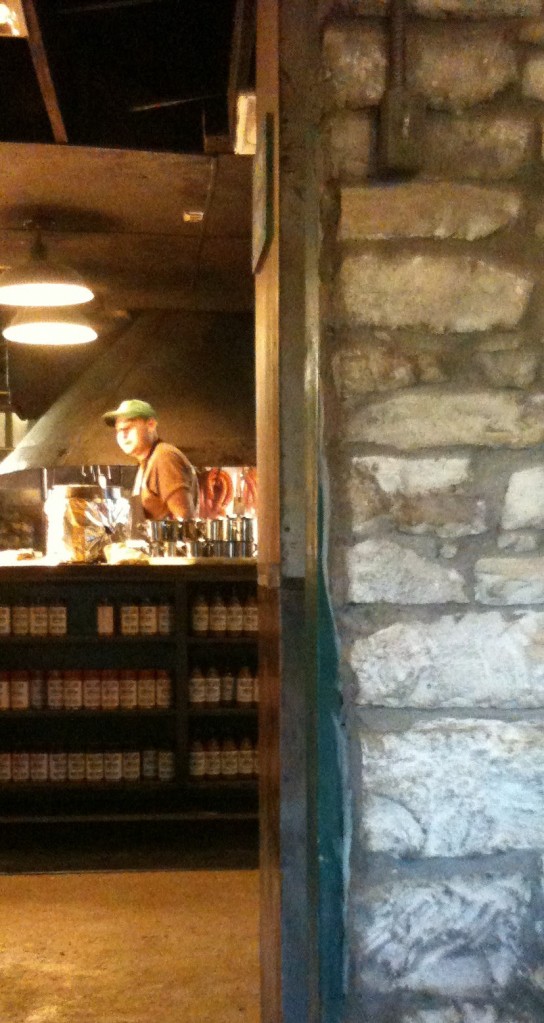
At the urging of about six Facebook friends, I make the pilgrimage from downtown Austin, where I am on travel for a few days, to Driftwood, Texas, tonight to visit the Salt Lick. It’s a barbecue joint that’s been around for about 43 years. As these things go, it’s commercialized and simple at the same time. Commercialized: mail order menus sit on the table; jars of the sauce line the entrance; there’s a separate function building. Simple: Four meats (brisket, sausage, pork ribs, turkey), three sides (potato salad, cole slaw, baked beans) that all come at once, free “condiments” (pickles, raw onion, white bread), pie, and soft drinks. (Driftwood is in a dry county, but they allow BYOB; I decide not to B my own B, since I have a 25 mile drive each way.)
I order a plate of brisket and sausage and an iced tea, and wait at an otherwise empty table.
The table in front of me is discussing old Texas home construction. “There would be a place in the parlor where you would have the viewings. With a stained glass window. Now it’s just a window seat, but then they assumed you would be hosting a wake. I remember two occasions where they had to open up the windows to get the casket out.” Behind me, a different technology: “So I had to convince them to take our quarter micron process and adapt it to the 3.3v work.”
Of course, Texas is, in terms of high tech, a hardware state. (What else?)
I sit thinking about old technology: cooking meat in smoke.
The food: Brisket is absolutely lean and supple. The sausage is saucy: well spiced, juicy, flavorful. The pecan pie is an inch of custard with a single layer of pecans on top–not at all my grandmother’s recipe–but the pecans are completely evocative of autumn nights with a nutcracker at the dining room table over a layer of newspaper.
As I stand to leave, I get the salty tangy burning in the eyes of the woodsmoke. It conjures other fires, and other cuts of meat with perfect pink rings from the smoke: 12 Bones in Asheville, Big Jim’s in Charlottesville, Dixie’s in Bellevue, WA, Three Pigs in McLean, and of course Pierce’s Pitt Bar-B-Q south of Williamsburg.
And even though I am full to bursting, it all makes me homesick for Carolina pulled pork in a bun.


